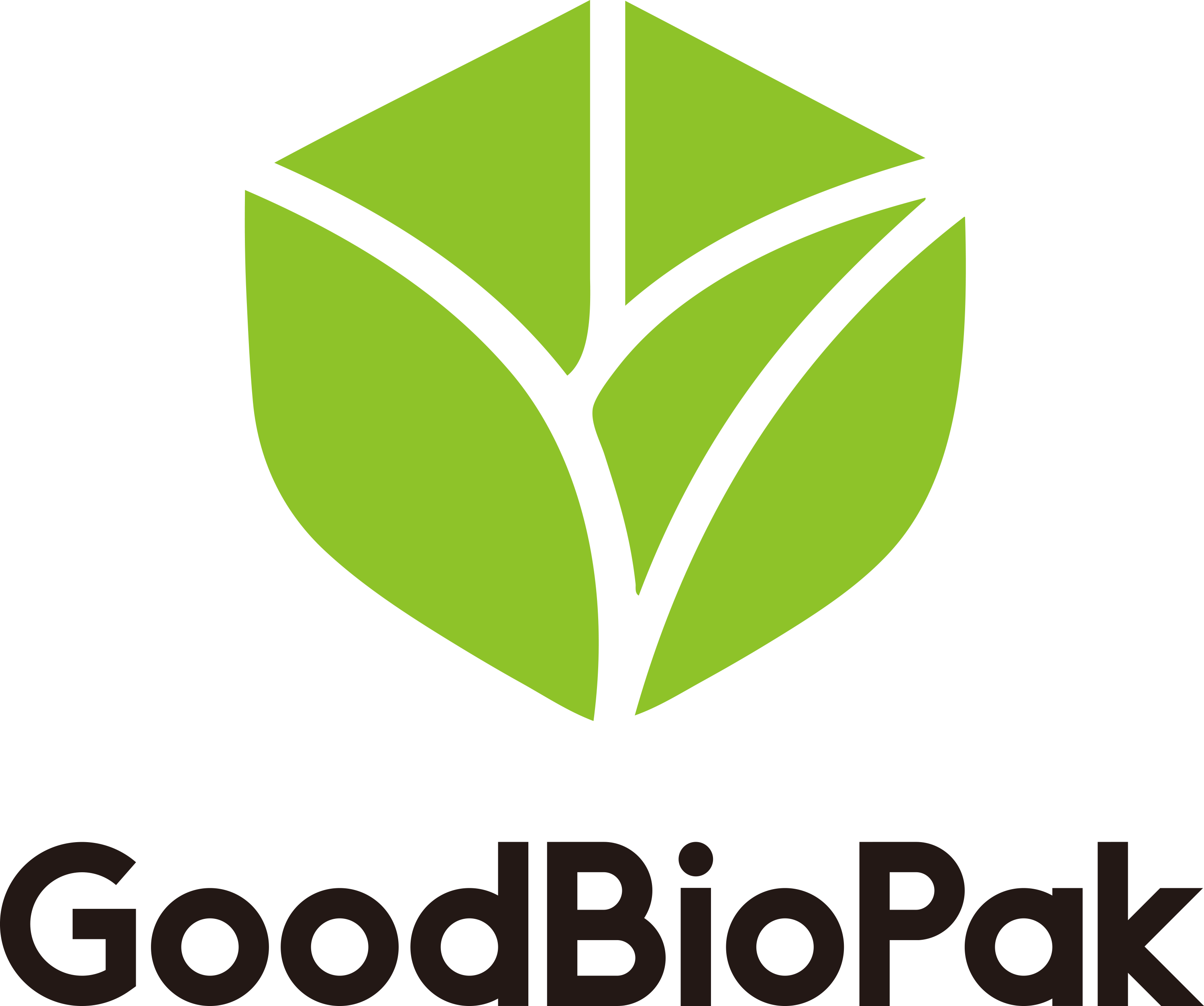A new comprehensive study commissioned by Holland Bioplastics on June 25 concluded that the basic properties and hydrolysis of polylactic acid (PLA), a biobased polymer made exclusively from fermented plant sugars, indicate that PLA does not produce persistent microplastics. The literature study, conducted by research laboratory HYDRA Marine Sciences, shows that while non-biodegradable polymers persist and accumulate permanently in the environment in the form of nano- or microplastics, PLA hydrolyzes into smaller and smaller molecules that dissolve in water and ultimately biodegrade completely.
This conclusion came from an initial review of more than 30,000 scientific studies, 500 of which were identified by HYDRA as relevant and of sufficiently high quality to warrant an in-depth review. The research confirms that the environmental degradation of PLA is primarily driven by hydrolysis, an abiotic process that occurs in the presence of water or humidity. As long as these conditions exist, the molecular weight and size of any PLA object or fragment will continue to decrease through hydrolysis at a rate determined by temperature until the polymer chains become so short that the material is soluble in water. These soluble materials, oligomers and lactic acid monomers will then be biodegraded by microorganisms into biomass, water and carbon dioxide.

"This comprehensive study shows that unlike non-biodegradable plastics, which persist and accumulate permanently in the environment in the form of microplastics and nanoplastics, PLA leaves no lasting contamination in the environment as long as moisture and water are present," said Christian Lott, Head of Marine Science at HYDRA. "Of course, we must also realize that it does not belong in the environment. We cannot use these properties to encourage littering or slow down the development of the global waste infrastructure. The degradation of any material must be balanced with the amount of material that accumulates or enters the environment to minimize harm to the environment."
The bio-based polymer PLA begins in plants, which sequester atmospheric carbon dioxide in sugar molecules through photosynthesis, and then use microorganisms to ferment the plant sugar to produce the monomer lactic acid, a safe, non-toxic substance also used to preserve food and produced by the human body during physical activity. The lactic acid polymerizes into polylactic acid (PLA) biopolymers, which can be used to make a variety of products such as cups, cutlery, garbage bags or flexible food packaging. Since PLA is made from plants that absorb carbon dioxide (CO2) and water from nature, when it is composted, hydrolyzed or biodegraded, the CO2 and water are returned to nature, thus enabling a circular model for the entire process.

Please feel free to contact us.
Email: sales@tgb-solution.com
 English
English 日本語
日本語 한국어
한국어 français
français Deutsch
Deutsch Español
Español русский
русский português
português العربية
العربية ไทย
ไทย Malay
Malay






















